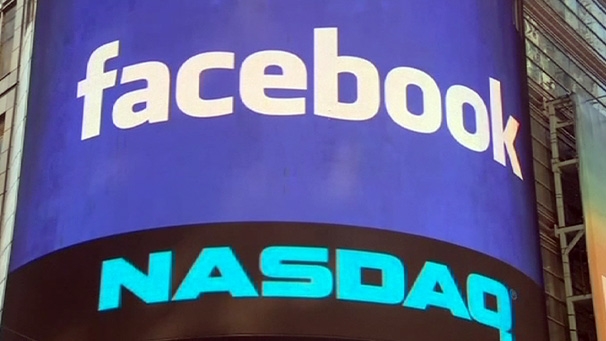Exelon is the largest U.S. competitive power generator with roughly 35 gigawatts of power generation, including the nation’s largest nuclear fleet with 19 GW of capacity, as a result of its all-stock merger with Constellation Energy, which closed in 2012. Exelon is also the nation’s secondlargest regulated distributor of electricity and gas (6.6 million customers) and one of the largest retail energy suppliers in the United States.
Exelon’s generation fleet comprises 55% nuclear, 28% natural gas, 4% coal, and 13% other sources. Moreover, on its first-quarter 2013 earnings call, management reported a very strong nuclear capacity factor of 96.4% (fourth-best ever). Exelon also reported a significant open gross margin hedge profile of 74% in 2013, which increases to 80% in 2014-15.
As such, Exelon is strategically positioned to benefit from its expectation that power prices will improve in 2014-15 while using cross-commodity hedges (heat rate, options, etc.) to protect itself against further downside in natural gas prices. Exelon Generation’s unhedged margins particularly expose its 2014-15 EBITDA to significant volatility. Should power prices not meet expectations, we estimate that Generation’s leverage could rise to levels well below investment-grade territory, based on its 2015 Exelon Generation segment gross margin sensitivity range. We project 2013 total leverage and interest coverage of roughly 3.2 times and 5.9 times, respectively. However,
Exelon reported the following key goals, in order of priority: maintain investment-grade ratings across all businesses; return value to shareholders via dividends; and invest in sustainable growth projects. In a prolonged weak power environment, barring excess cash at its generation division, we believe Exelon’s open hedge position could force it to de-emphasize dividends and growth projects in favor of future debt reduction. In February 2013, the board announced it would cut the dividend 41% to $1.24 per share annualized to address the shrinking cash flow at its generation unit as power prices have fallen. The dividend cut should free up $740 million in annual cash flow and give Exelon sufficient cash coverage to keep its investment-grade credit rating even with a sustained downturn in power markets.Even through these lean years, we expect Exelon can generate $2 billion of cash flow after incorporating new financing and excluding discretionary growth investments.
With our falling earnings outlook, we project Exelon’s consolidated EBITDA/interest coverage will drop from 9 times in 2011 to 5.6 times by 2014. We also expect leverage to rise to 3.5 times debt/EBITDA in 2014 from 2.0 times in 2011. Capital Structure Of Exelon’s $18 billion of consolidated net debt, $10 billion is at the regulated utilities ComEd, PECO, and Baltimore Gas & Electric.
These utilities must maintain a fixed capital structure that regulators use to set customer rates. Leverage is in line with those limits and we don’t expect that to change. Recent regulatory developments at all three utilities have improved their financial condition and we forecast relatively stable cash flows the next few years.We expect Exelon will have little difficulty refinancing the average $1.2 billion of annual debt redemptions the next five years, most of them at the regulated utilities. These refinancings and our estimate for incremental debt issuances offers an opportunity for Exelon to take advantage of low interest rates and reduce its average interest cost.Management’s $2.1 billion pension contribution in January 2011 lowered ongoing cash pension needs in the next few years, but if interest rates stay low, Exelon could have to contribute more cash to its pension and nuclear decommissioning funds.

